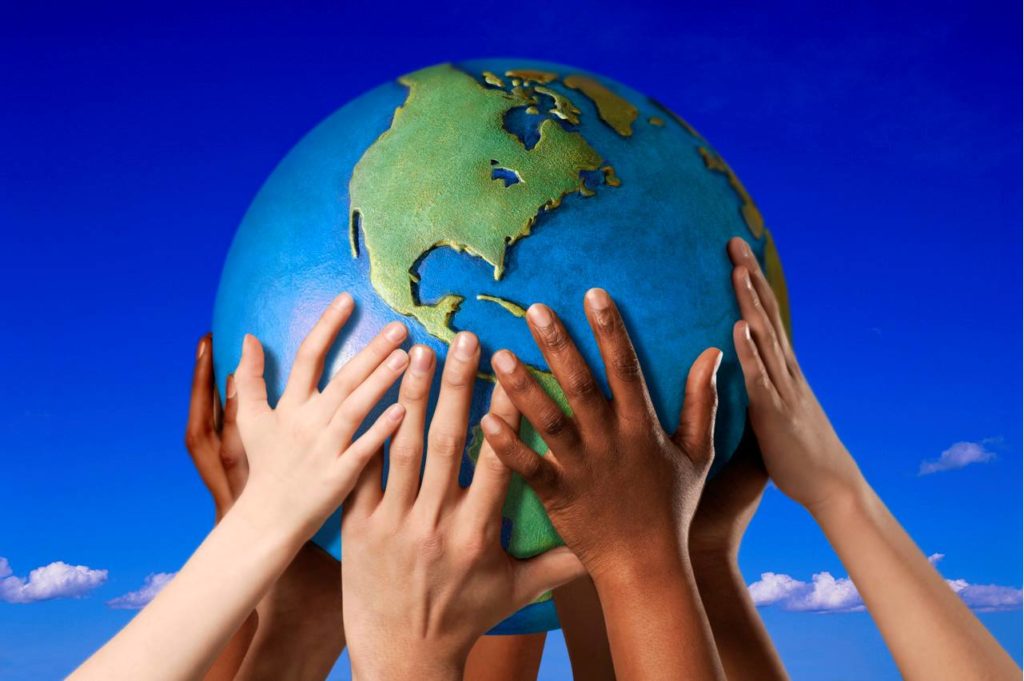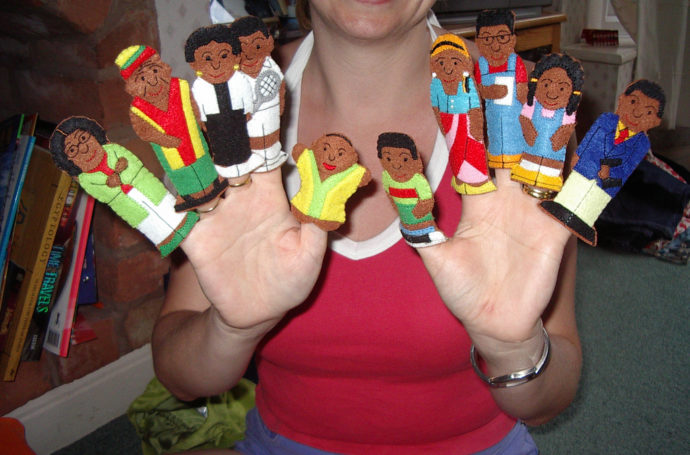No matter where you visit in the world, continents are populated with vast multicultural blends. This has its vast benefits as each ethnic group brings its own special significance to the world. Often people from different cultures will mix and blend with each other, become friends or even fall in love. So let’s take a deeper look at what different cultures bring to family dynamics:

Western Culture
From a cultural viewpoint, the Western world is seen as including all the different cultures that are directly derived from and are influenced by European cultures, the Americas, South Africa, New Zealand and Australia. In Western cultures family is very important and people stay close to each other, although there is a high rate of divorce. Children are seen as a joy to have as well as a legacy. Children are given a lot of independence and often leave the house after they end high school to travel or live in dorms while attending universities. The typical western diet involves a lot of meat such as chicken and beef and carbohydrates found in bread and potatoes. Junk food is also a big part of western culture and if the family isn’t sitting down for a meal together at night, they may just be eating the latest burger special in front of the TV. Ordering food is also a very westernized thing. As Moms and Dads are found often to be both working, not much time is available to cook after a long day at work. Supplements are also very big in the Western world and their benefits have been proven over decades. This Research Verified review will tell you more.
Eastern Culture
The Eastern world, also known as the Orient, covers the continent of Asia. In Eastern Culture. Let’s look at China. In China, family is a vital part of Chinese society. Many aspects of Chinese life can be connected to honoring one’s parents or ancestors. Often, there will be many generations all living under one roof. In China, family is exceptionally important.
There are also strict rigid and hierarchical structures within the Chinese family structure. The elders get a huge amount of reverence, respect and obedience. In fact each family member is seen as having a different hierarchical order. Chinese workers will even take long periods of work to be with family. Also until 2013 Chinese parents were only allowed to have 1 child. Now, families can have two children if one parent, rather than both parents, was an only child. There is still enormous pressure put on the child where their parents and relatives dictate which friends they can have, what they can study, what they must do in their free time. This creates a society of people who can’t think for themselves and are not very independent.
Mostly, meals are prepared at home and the family eat together. Typical chinese food includes a lot of rice, noodles, tofu, dumplings, spring rolls and sweet and sour dishes such as sweet and sour beef.
At school, there is a lot of discipline and children respect their teachers. Children are also allowed to get hit, even with a stick, for disobedience. Very different to their western counterparts who are often very rebellious, wild and highly disrespectful to teachers.
So here in the world today we have this mix of West and East. West meaning more freedom and freewill, East meaning more discipline, cleanliness and restriction. It’s actually a beautiful blend of yin and yang energies complimenting each other. There is a beauty with them both that when mixed, give rise to family dynamics and offspring that are a brilliant blend of both worlds!
